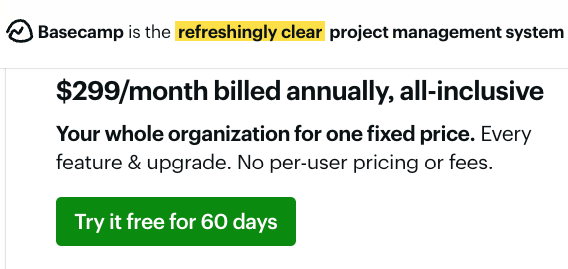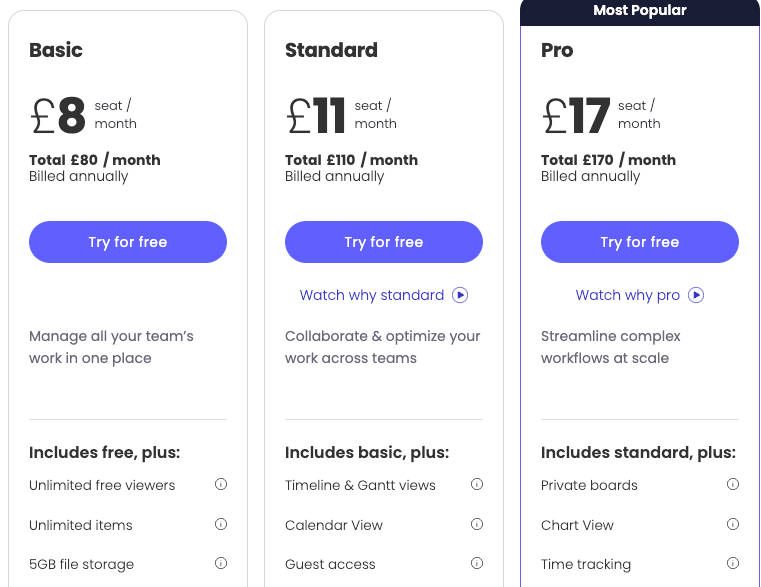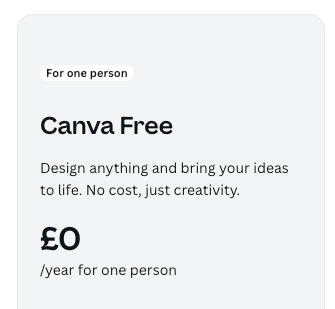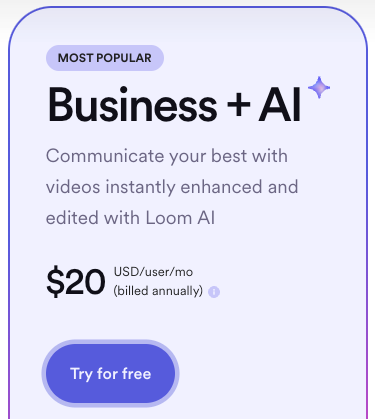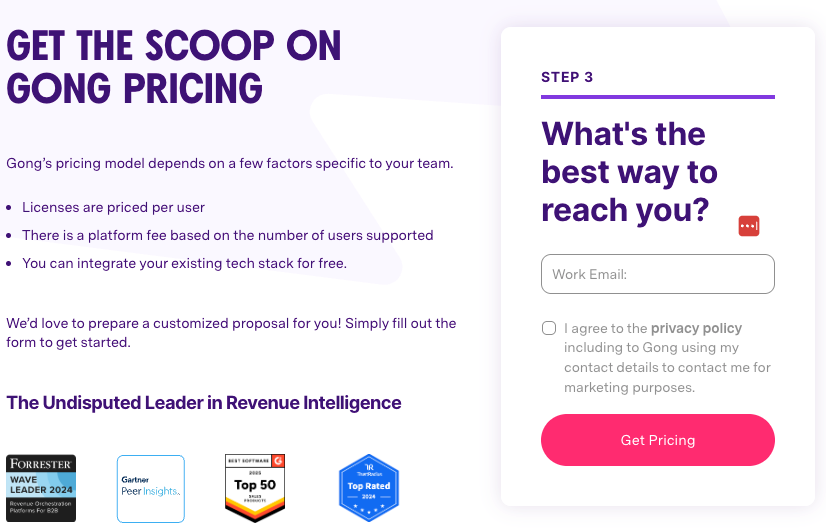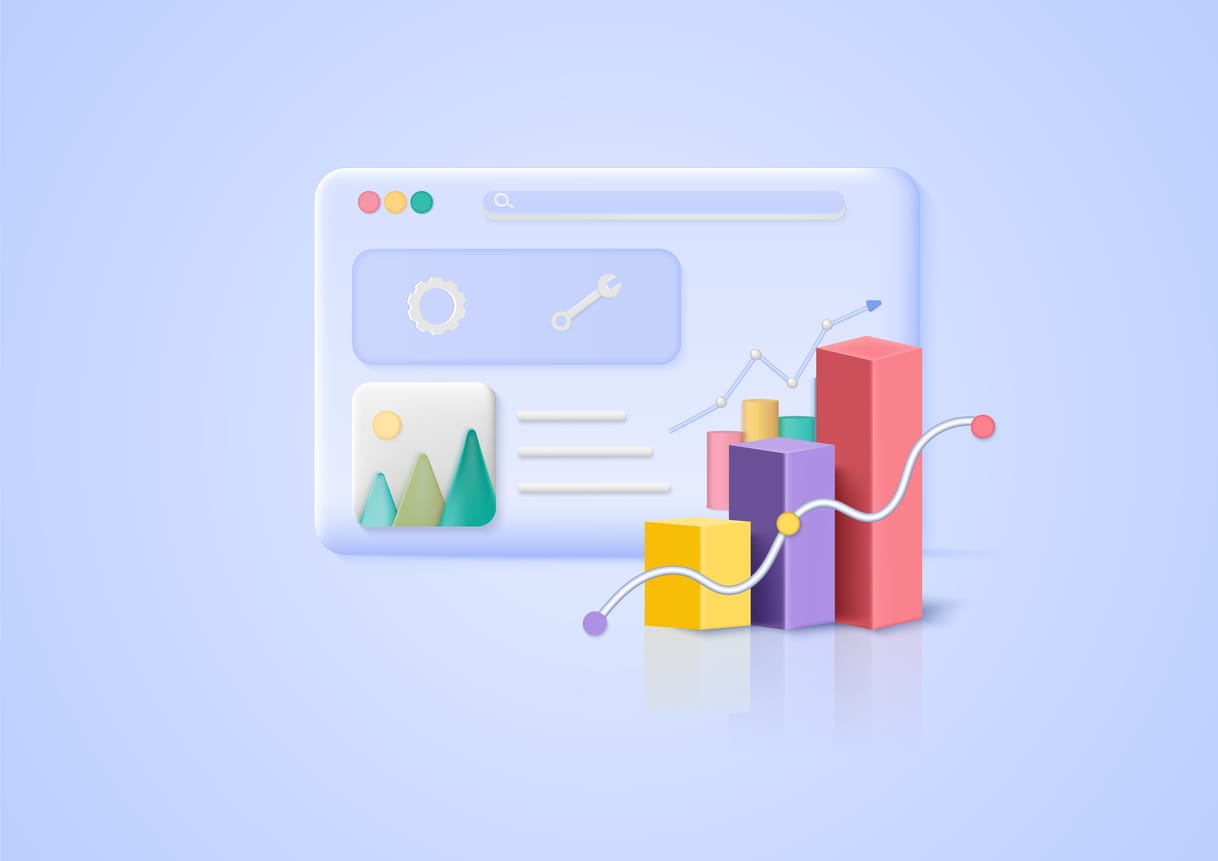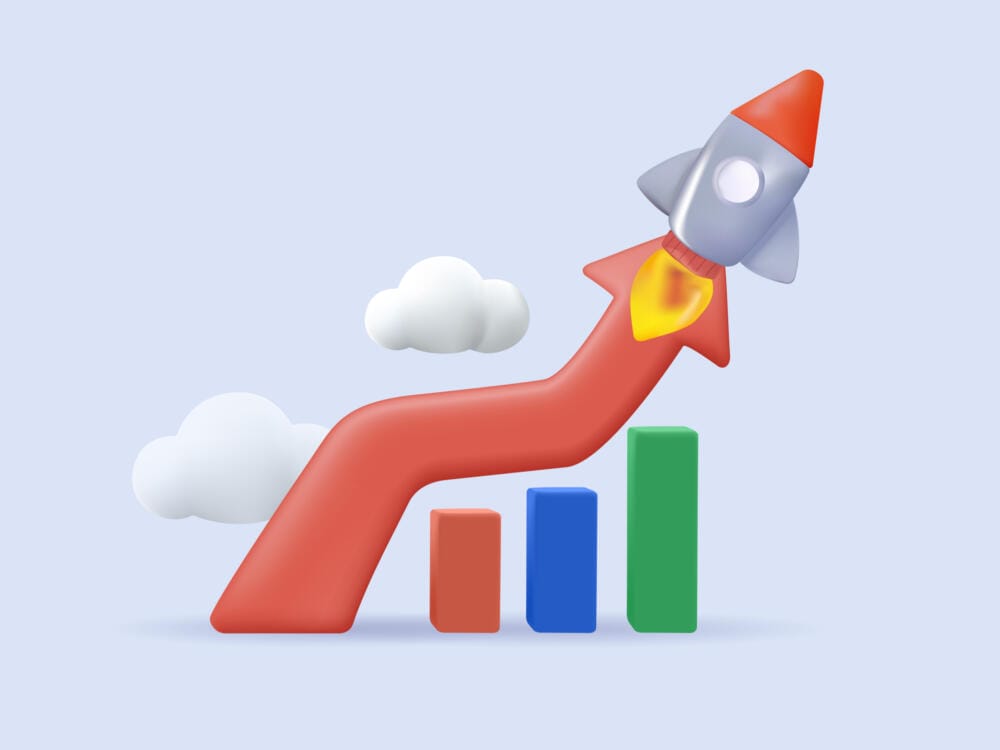In the world of B2B SaaS, your pricing page is a core sales tool. It’s one of the most visited pages on your website, often second only to the homepage for most companies, and the deciding factor in whether a visitor becomes a lead, a lead becomes a customer, or a customer walks away.
Yet so many businesses either hide their pricing, overcomplicate it, or design it without a clear strategy. If you’re unsure whether to display your pricing publicly or how to structure it for scale, this post breaks down eight tried-and-tested pricing approaches that not only reflect your value but actively help increase conversions.
Let’s take a look at what’s working right now.
Should you show your pricing?
This is a debate most SaaS founders have at some point: Should we put pricing on the website or not? The argument for hiding it often stems from wanting to “talk through the value” first, especially if the product is technical or customisable. On the other hand, transparency tends to win in the long run because it builds trust.
Buyers don’t want to jump through hoops just to find out if they can afford you. And if they’re left wondering whether you’re hiding your pricing for a reason, chances are they’ll simply move on. By being open about costs, you not only make your product feel more approachable, but you also save time by filtering out unqualified leads.
That said, there’s always a middle ground. Many SaaS companies opt to show a “starting from” price or offer an interactive calculator, which gives visitors a sense of scale without boxing them into a rigid number.
1. Flat rate pricing: simplicity that sells
Flat rate pricing is exactly what it sounds like: one fixed monthly or annual cost that applies to every customer, regardless of usage or business size. Basecamp is a well-known example here, charging a single price for unlimited users.
The benefit of this approach lies in its clarity. There’s no fine print, no calculations, no confusion. Prospects can instantly see what they’re signing up for, which removes a major barrier to conversion.
However, flat pricing can create challenges as your customer base grows. For example, if a 5-person team and a 500-person enterprise are paying the same fee, your profit margins can become stretched. Flat rate works best when your product has relatively low variable costs and you’re targeting a tightly defined segment of users.
2. Tiered pricing: cater to more than one buyer type
The most common pricing model in SaaS is tiered pricing, think Bronze, Silver, Gold, or Starter, Growth, Pro. It allows you to package up different levels of value and sell to multiple segments without diluting your offer.
This approach works well when your users have varying needs or company sizes. Perhaps your entry-level customers just need the basics, while your larger accounts require advanced features, integrations, or priority support. By presenting three or four clear tiers, you can guide buyers towards the option that best suits them.
The danger with tiered pricing is overcomplication. If your comparison table is filled with technical jargon and obscure feature names, it can quickly become overwhelming. Clarity is everything here. Use simple language and clean visual cues (like ticks and crosses) to show what’s included, and don’t offer so many options that decision-making becomes paralysing.
Take Monday.com for example:
3. Per-user pricing: pay for who uses it
Another widely used model, particularly for collaborative tools and internal platforms, is per-user pricing. The idea is straightforward: the more people who use the software, the more the customer pays.
This makes perfect sense for tools like CRMs or project management platforms, where the value increases with team adoption. And it aligns nicely with your customer’s growth, as they scale, so does your revenue.
The drawback is that per-user pricing can make customers feel restricted. It can also incentivise behaviour like account sharing or reducing user access, just to save money. If you take this route, make sure your messaging clearly explains the benefits of individual accounts and why it’s worth paying for every seat.
Take Slack, for example:
4. Usage-based pricing: fair and flexible
For products that rely on volume, such as those processing API calls, sending emails, or storing files, usage-based pricing is often the most appropriate. Customers pay only for what they use, similar to how they might pay for electricity or cloud storage.
This can be an attractive entry point for new users. It lowers the commitment threshold and lets people try your platform without worrying about unused features or wasted seats. It also means that your revenue directly scales with activity.
However, usage-based models can make budgeting difficult. If a prospect isn’t sure how much they’ll be using your platform six months from now, they may hesitate to commit. It’s crucial to provide clear usage dashboards and predictable billing estimates to give customers confidence in what they’re signing up for.
Stripe use this model.
5. The freemium model: cast a wide net
Freemium is a growth strategy as much as it is a pricing one. You offer a forever-free version of your product, limited in features, users, or usage, that gives people a taste of the value you deliver.
This approach can be brilliant for brand awareness and lead generation. Tools like Canva and Grammarly built enormous user bases this way. Once users are hooked and see the value, many will eventually upgrade to a paid plan.
The challenge lies in conversion rates and support costs. Free users still require infrastructure and (often) customer service. And many of them may never convert. For freemium to work, your product needs to be sticky, easy to use, and have a clear upgrade path that unlocks compelling benefits.
Canva utilised this model brilliantly.
6. Free trials: try before you buy
Unlike freemium, a free trial typically gives users access to the full product for a limited time, usually 14 or 30 days. It’s a great way to prove value quickly and get people engaging with the product.
Trials work best when users can experience the core benefit early on, which is often called the “aha moment.” If that happens in the first few minutes, you’re in a strong position to convert.
But if your product is complex or takes a while to set up, users may drop off before they reach that point. In these cases, onboarding becomes critical. Combine your trial with helpful email sequences, live chat support, and tooltips within the product to guide new users to success.
Loom have an excellent free trial model.
7. Custom or quote-based pricing: when One size doesn’t fit all
If your SaaS solution is particularly complex, enterprise-grade, or tailored to different industries, a custom pricing model might be the best fit. Instead of publishing fixed rates, you offer a “starting from…” figure or simply invite users to book a call for a quote.
This keeps you flexible and opens the door to value-based pricing. However, it does introduce friction. Many potential leads, especially smaller companies, may feel put off if they can’t get a ballpark figure upfront. One way to reduce that friction is to provide a calculator or questionnaire that gives an indicative price range.
Gong would be a good example of this:
Bonus: use price anchoring to influence decisions
There’s a subtle psychological tactic used by many successful SaaS companies called price anchoring. The idea is to create a premium tier that’s deliberately expensive, so that your mid-tier plan feels like exceptional value in comparison.
For example, if you offer a Bronze package at £145, a Silver at £199, and a Gold at £499, most people will perceive Silver as the sweet spot, especially if Bronze is stripped of key features. This helps steer buyers towards the plan you want to sell most, without having to hard sell it.
The takeaway: test it before you commit
No pricing model is perfect. What works for one business may flop for another. The key is to test your pricing just like you would test your messaging or landing pages. Create variations, run them for a few weeks, measure performance, and adapt.
Pricing is not a set-and-forget exercise. It’s a growth lever. And with the right approach, it can become one of your biggest competitive advantages.
Need help redesigning your pricing page or testing different models? At Rocket SaaS, we help growing SaaS companies build high-converting pricing pages that move the needle. Book a free strategy call, and we’ll walk you through what’s working for over 140 other SaaS brands just like yours.

Free SaaS marketing strategies & campaign ideas in your inbox every Thursday
Receive actionable SaaS marketing ideas to implement in your business

